000off_NATION FRAGMENTATION
Since 1990, 34 new nations have come into existence such that there are today ‘196’ nation states if we include Taiwan (the PR China wouldn’t). 15 of these new states (Armenia, Azerbaijan, Belarus, Estonia, Georgia, Kazakhstan, Kyrgyzstan, Latvia, Lithuania, Moldova, Russia, Tajikistan, Turkmenistan) emerged from the collapse of the Soviet Union as nationalist fervor swept Eastern Europe and the Balkans in the early 1990s. Some of these new nations, like Armenia, are modern reincarnations of ancient nations, while others, such as the states of Central Asia (Kazakhstan, Kyrgystan, Tajikistan, Turkmenistan, and Uzbekistan) are truly new countries, whose borders followed those of republics within the Soviet Union. The Russian Federation was created in 1991 to comprise the former Soviet Union territory that did not break away into separate countries. Yugoslavia dissolved in the early 1990s into five independent countries: Bosnia and Herzegovina, Croatia, Mecedonia, Serbia and Montenegro and Slovenia. Given the ongoing conflict it is highly possible that Syria could trigger a new partitioning of the Middle East. Robin Wright, a NY Times analyst, suggests that sectarian and ethnic rivalries could break Syria into at least three new states: 1. Alawite, a state based on a minority of people that have controlled Syria for decades and dominate the coastal corridor; 2. Kurdistan, which could merge Syrian with Iraqi Kurds with Erbil as capital; 3. Sunnistan, which merges Syrian and Iraqi Sunnis with Baghdad as the capital 4. Shiitestan to the South. In the longer term Saudi Arabia will confront it’s own, currently suppressed, internal divisions which could resurface with the next generation of Princes. The kingdom’s unity is further threatened by tribal differences, the Sunnite-Shiite divide and economic challenges. Saudia Arabia could then dissolve into the five regions that preceded the modern state: 5. North Arabia 6. West Arabia with Mecca as a potential capital 7. East Arabia 8. Wahhabistan with Riyadh as capital 9. South Arabia. Yemen, the poorest Arab country could break again into two states following a potential referendum in 10. South Yemen on independence leaving 11. North Yemen. Libya would fragment, as a result of powerful tribal rivalries into its historic parts 12. Tripolitania 13. Cyrenaica and possibly a third 14. Fezzan state in the southwest.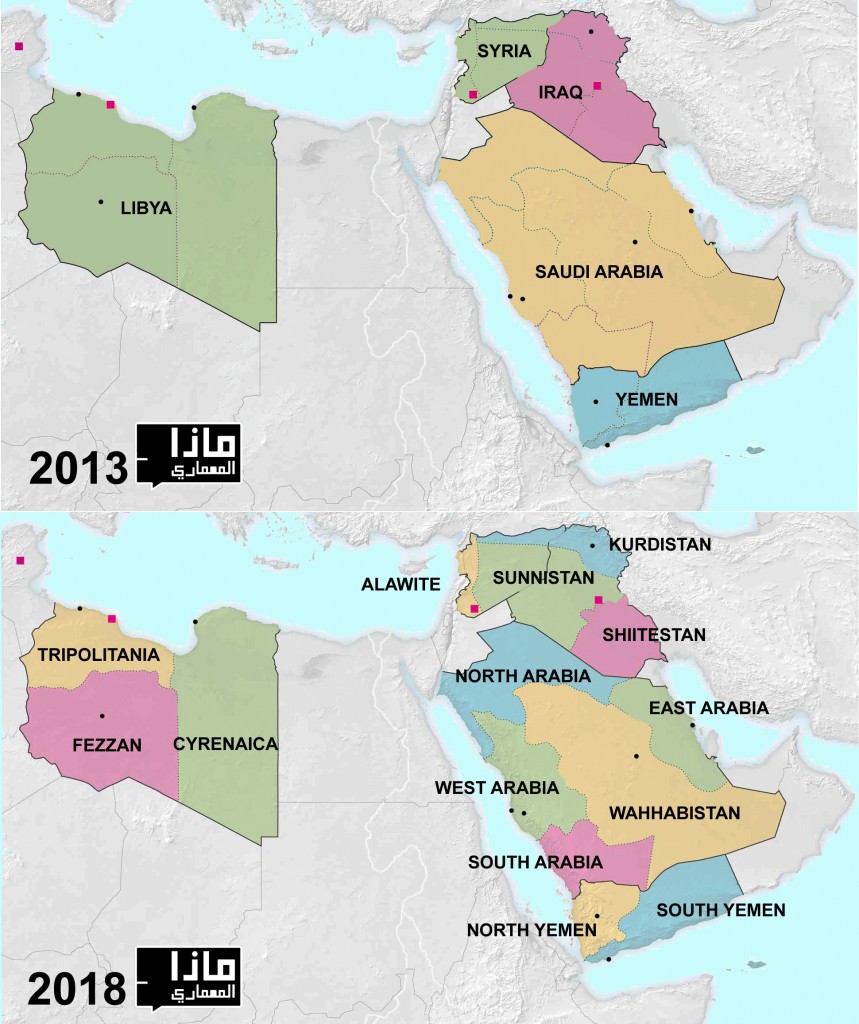


000off_FADE TO GREY
Further to our earlier post on ‘shinny new buildings’ (Casa da music concrete) we recently rode past a recent example of infill terrace housing in East London: Lynch Architect’s Greenwood House. Whilst masterfully compact in terms of both urban siting as well as interior organisation, visualising the Greenwood Road House as a black wood makes us think about designing for degradation…
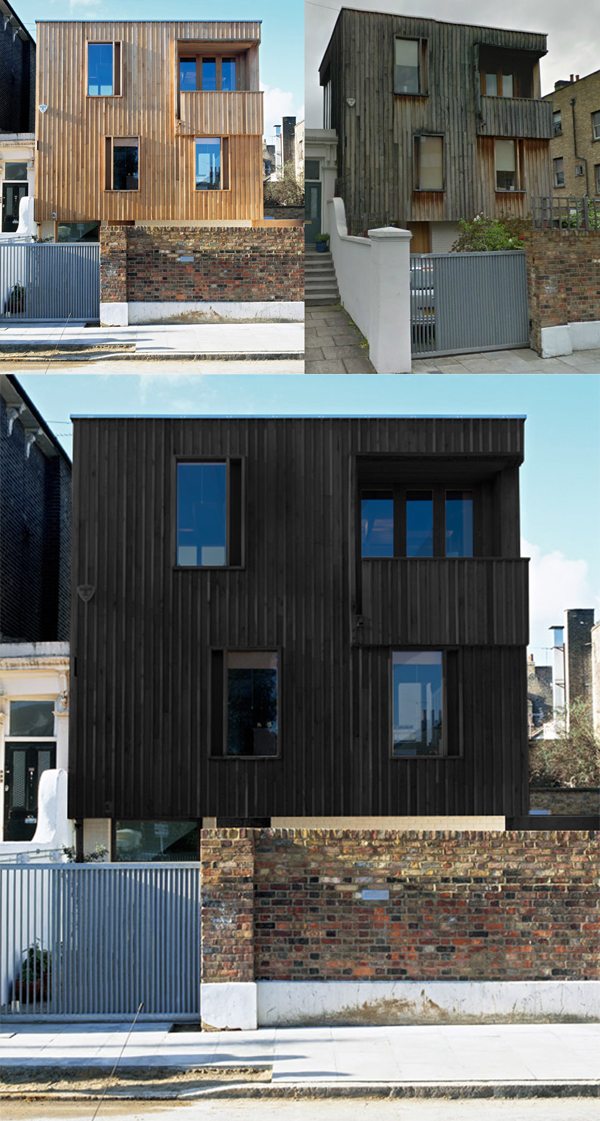

215ash_CITY OF MARBLE
In an impressive architectural re-styling effort led by the government of Turkmenistan, an area measuring 22 sqkm in the capital Ashgabat boasts 543 new buildings clad with 4,513,584 m² of white marble. Or put another way, the surface area of marble to urban surface area is a startling ratio of 1:4.87. 20% of Ashgabat is marble! This transformation has been happening since 1991 when Turkmenistan gained independence from the former Soviet Union and is being funded by natural gas resources. The choice of aesthetic for the Marble Architecture of Revolution was determined by the Turkembashi, Saparmyrat Niyazov, the head of Turkmens. Given that ‘Ask’ in Turkmen means ‘love’ and ‘abat’; means land, Ashgabat, a city of love, today has increasingly a heart of marble. The main avenue, for example, Bitarap Türkmenistan Sayolu, is 12.6 km long and lined with 170 buildings clad with a total of 1,156,818 m² of white marble…
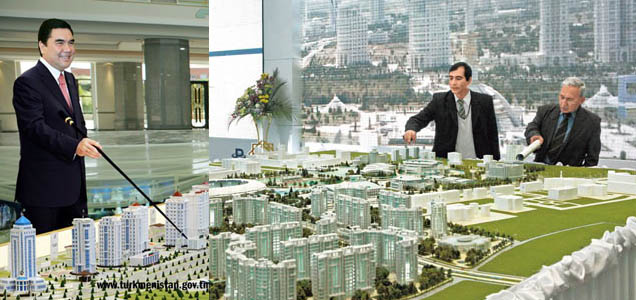


000off_LIVE AND DIRECT
We are not quite sure what Eugenia gets up to some days but whatever it is she should keep doing it…
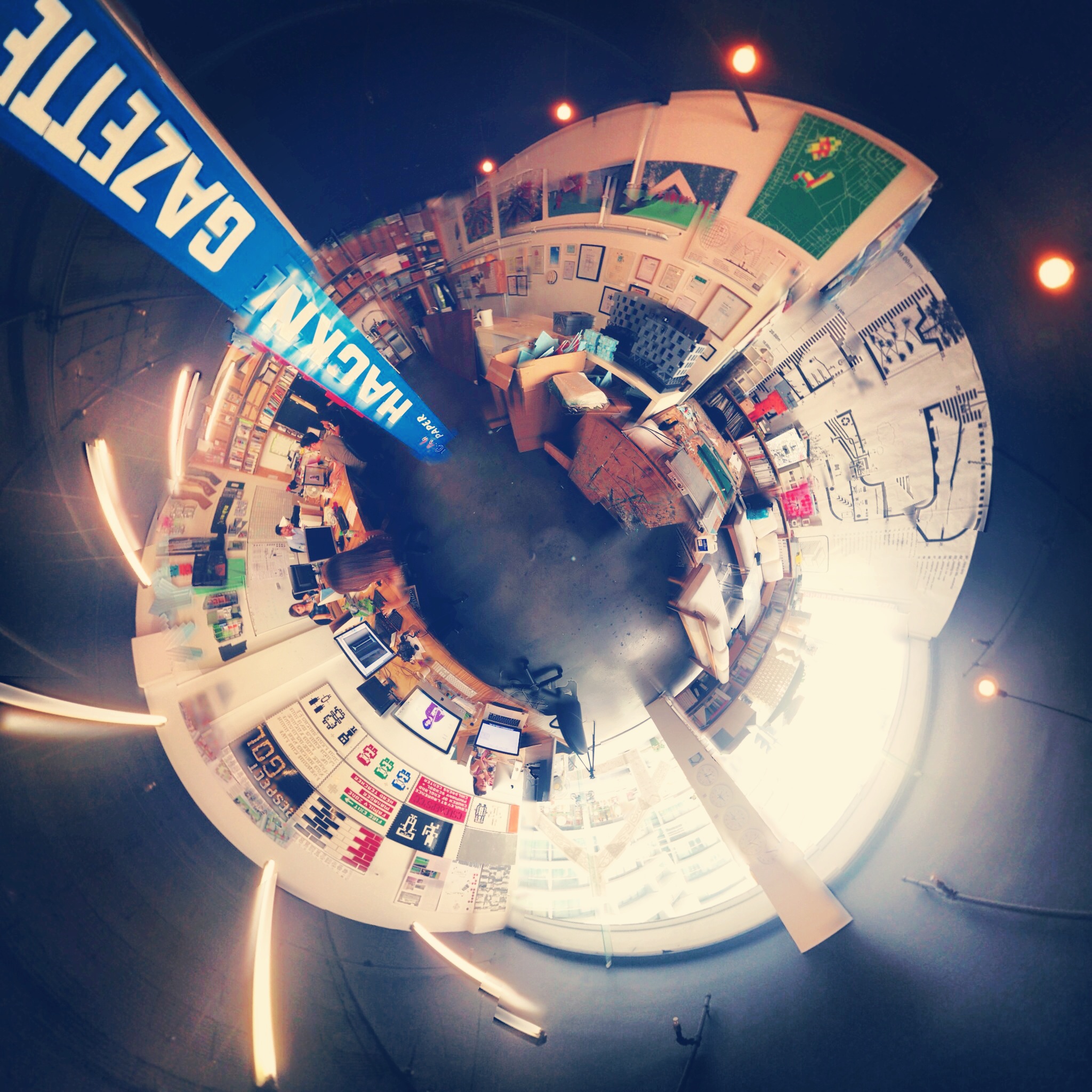


000off_NEW IDEAS FOR LONDON SCHOOLS
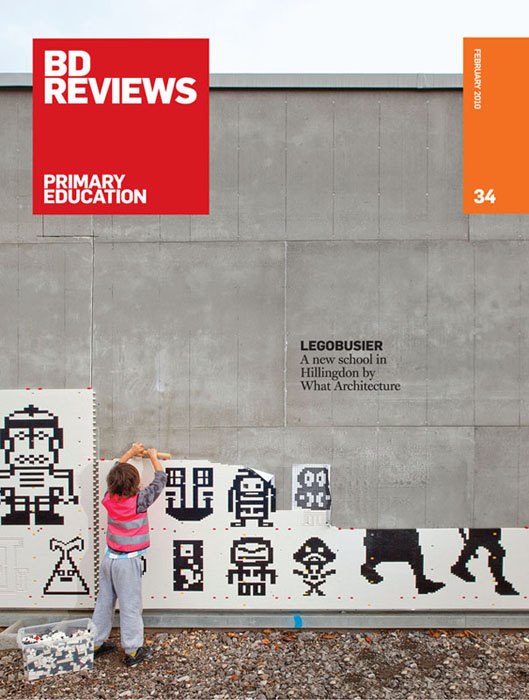 With BSF projects coming to an end and less money available for new schools, the NLA hosted a lively evening focusing on innovative examples of primary and secondary school design in London, funding new schools in a period of economic difficulty and approaches to solving the critical need for more school places in London. The Pecha Kucha heard from a number of architects, boroughs and developers who discussed the challenges of building London’s schools.
With BSF projects coming to an end and less money available for new schools, the NLA hosted a lively evening focusing on innovative examples of primary and secondary school design in London, funding new schools in a period of economic difficulty and approaches to solving the critical need for more school places in London. The Pecha Kucha heard from a number of architects, boroughs and developers who discussed the challenges of building London’s schools.





